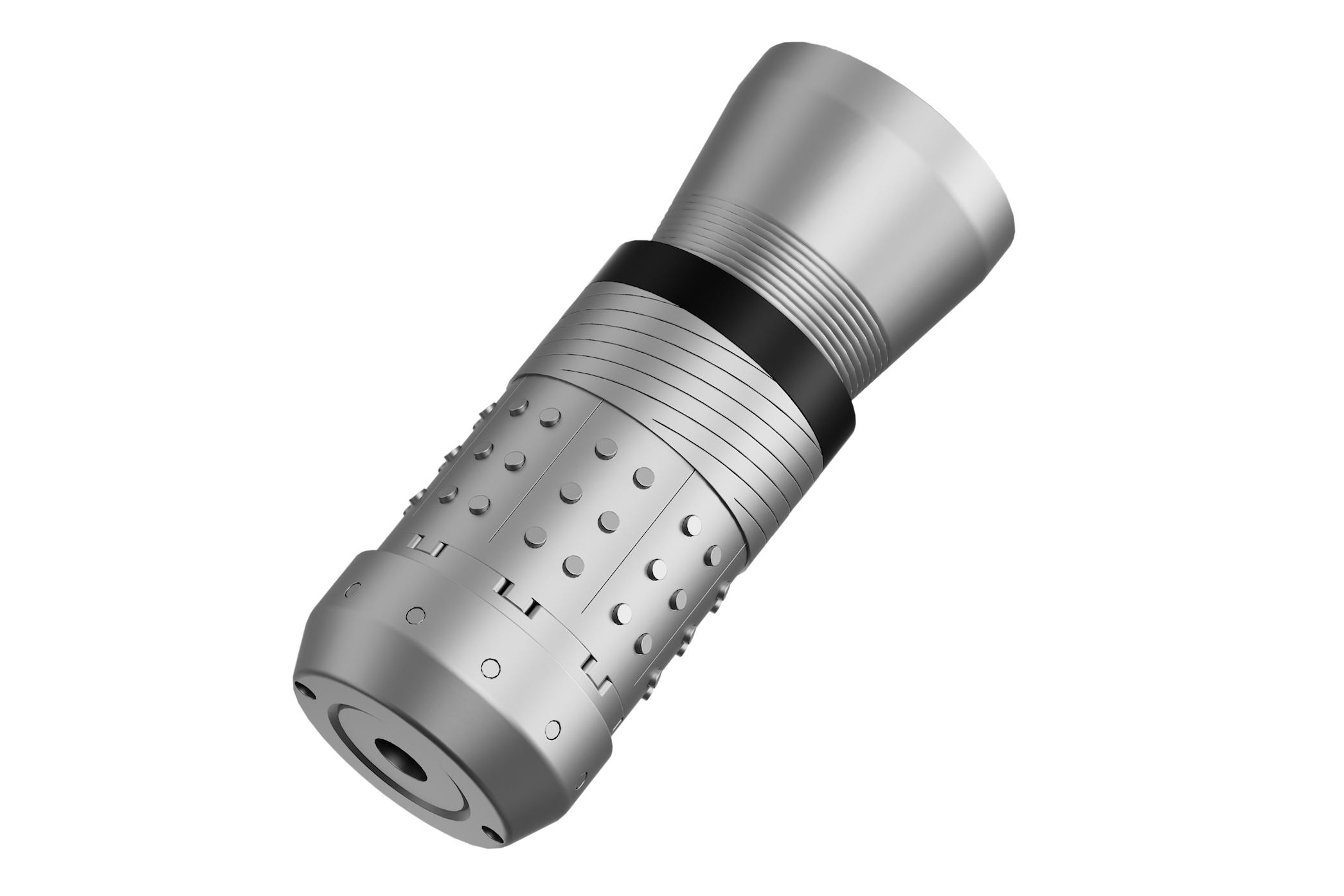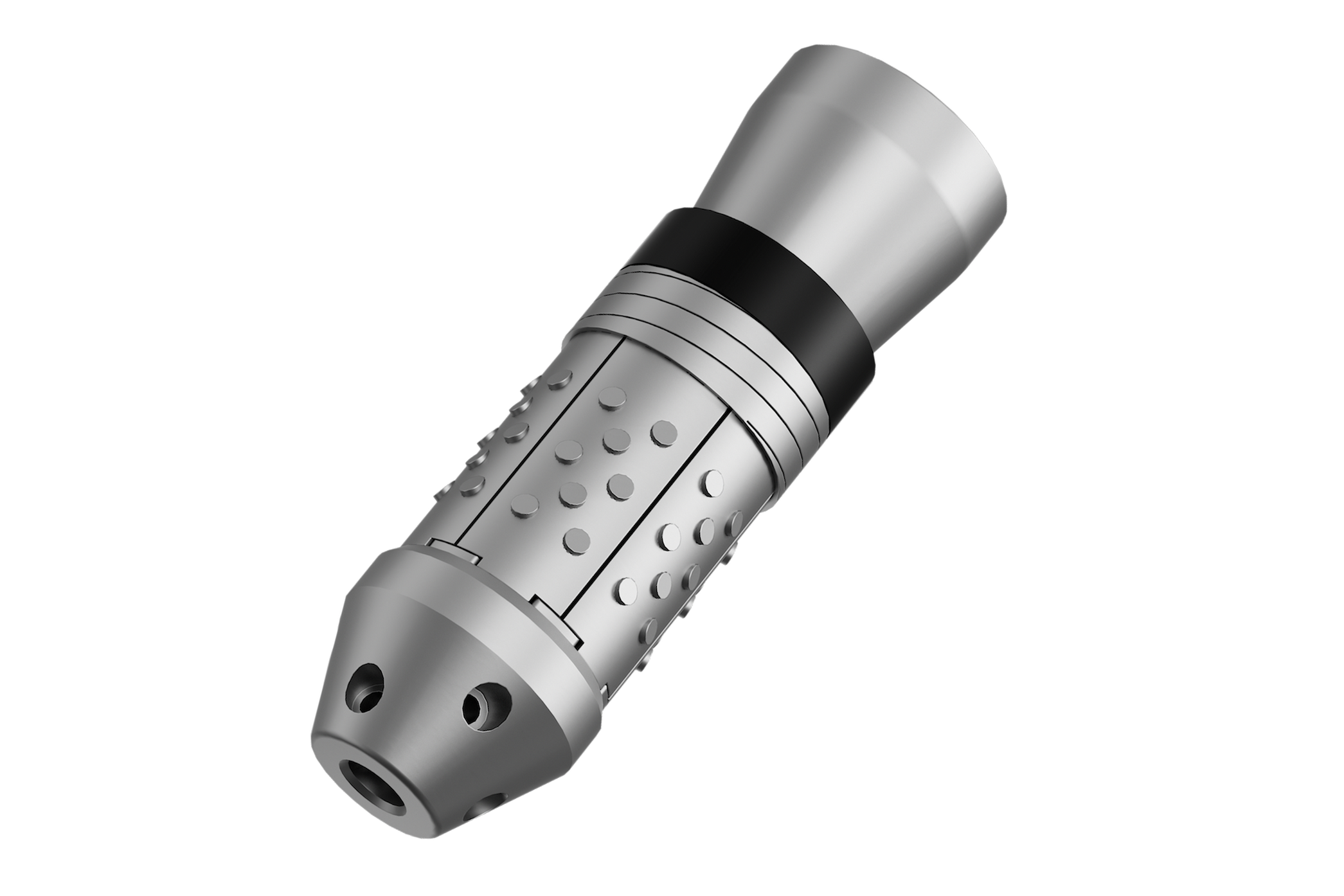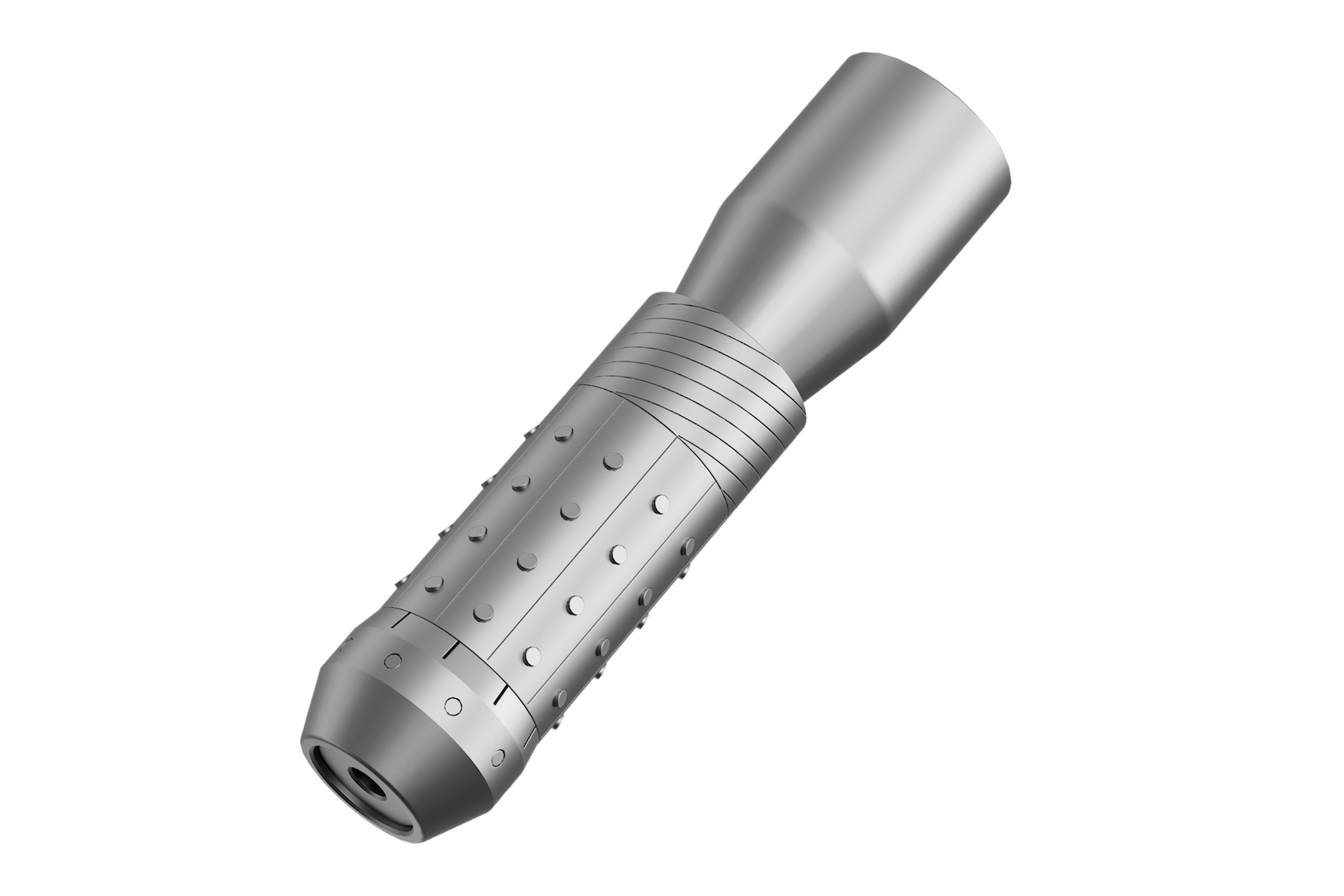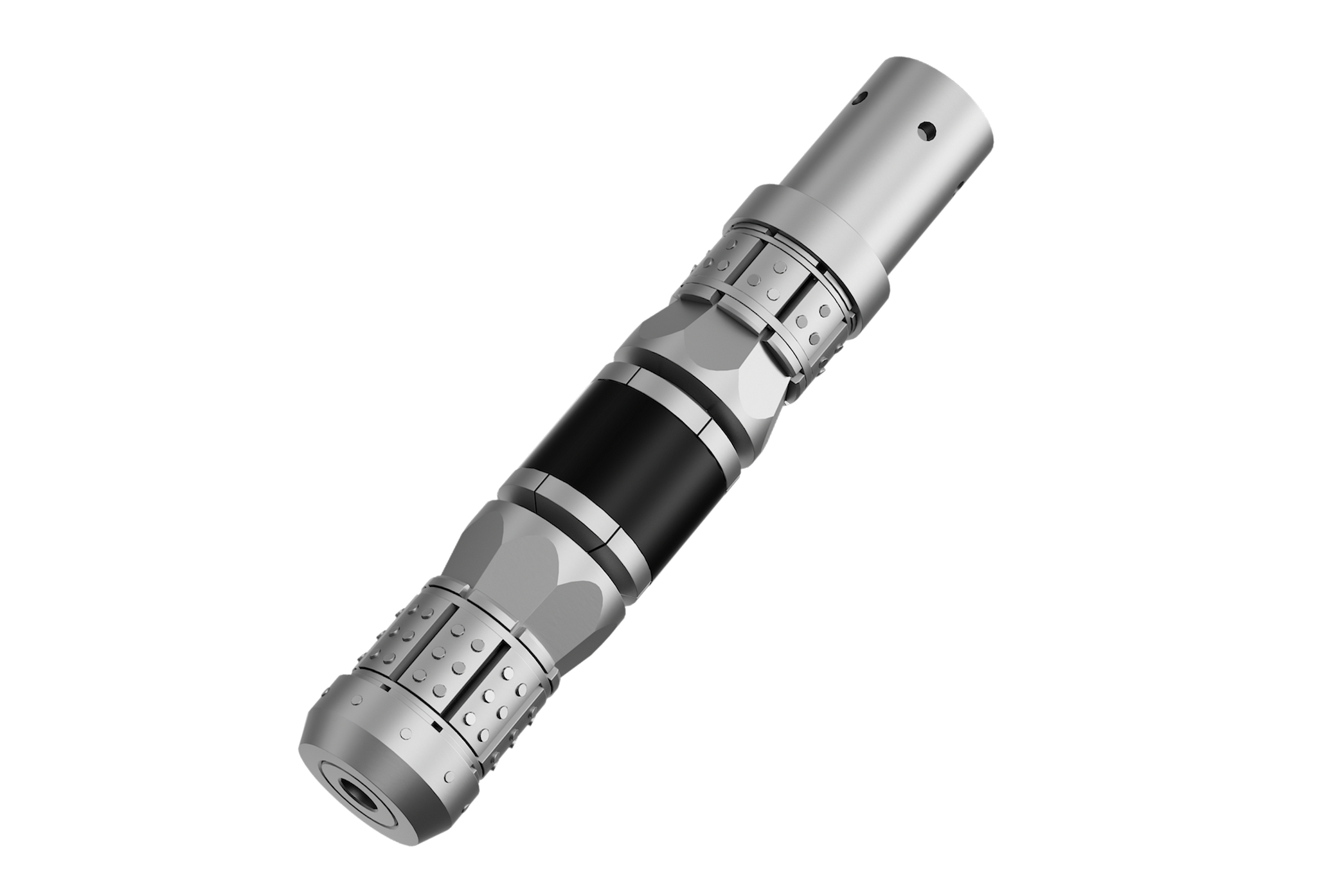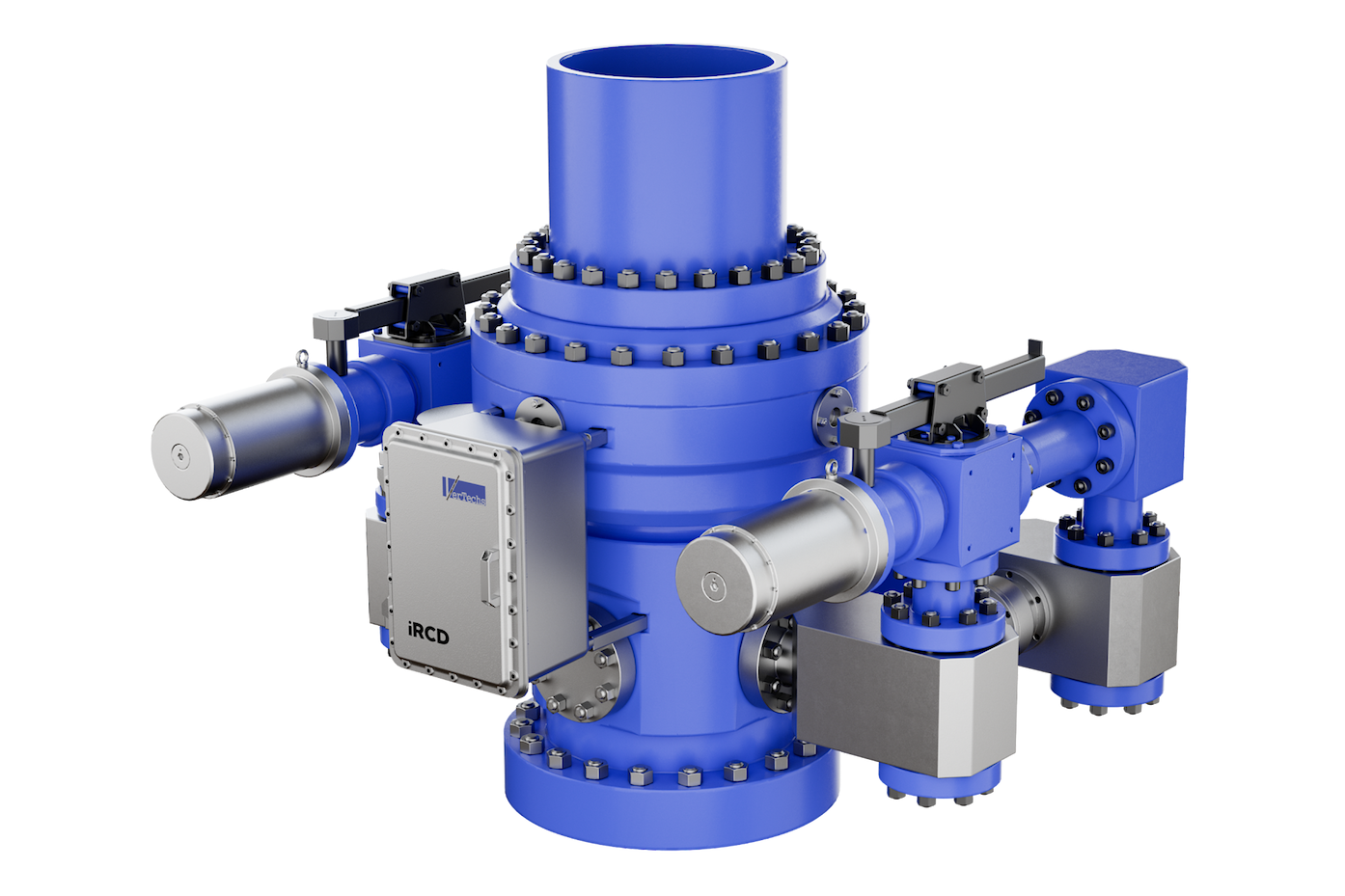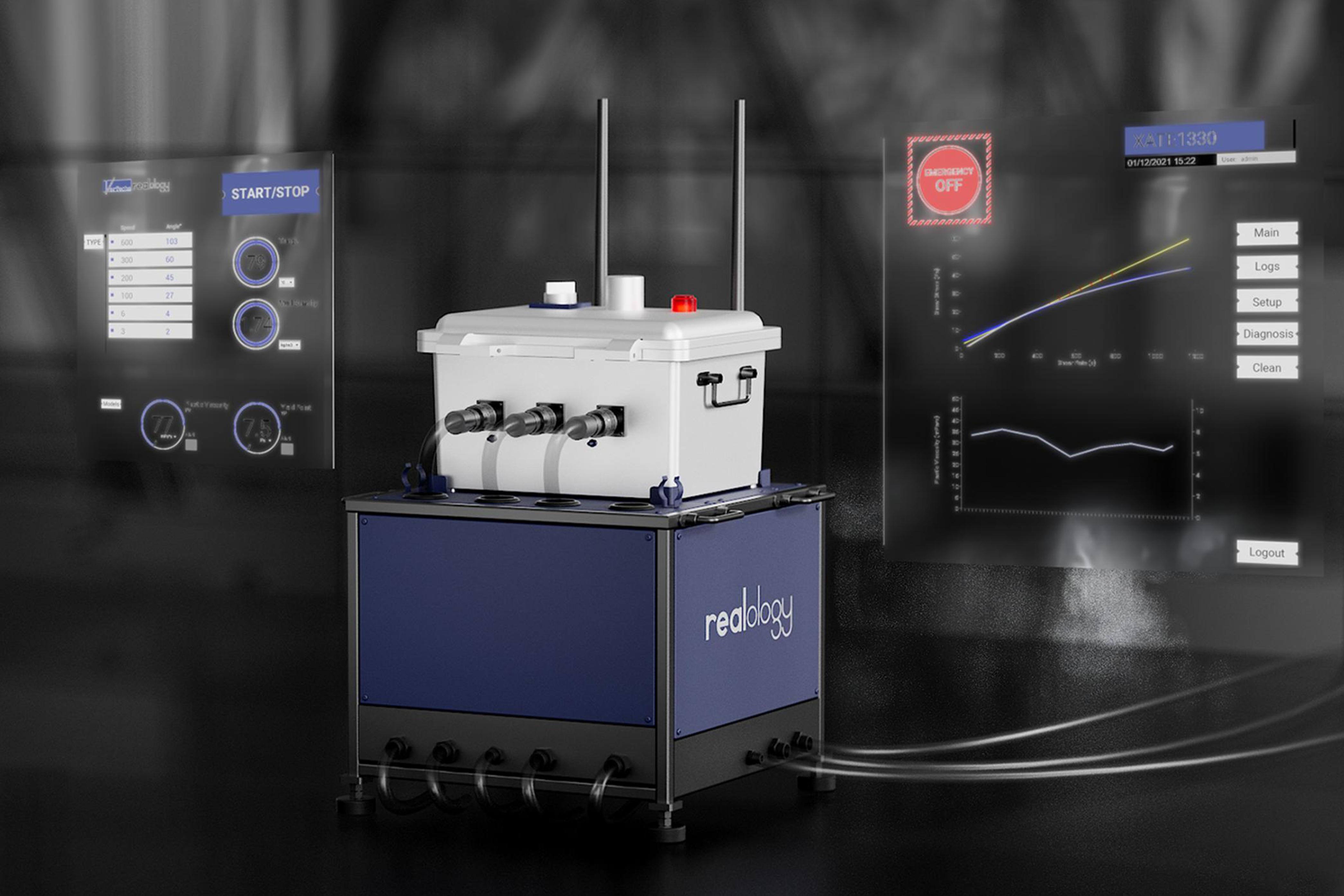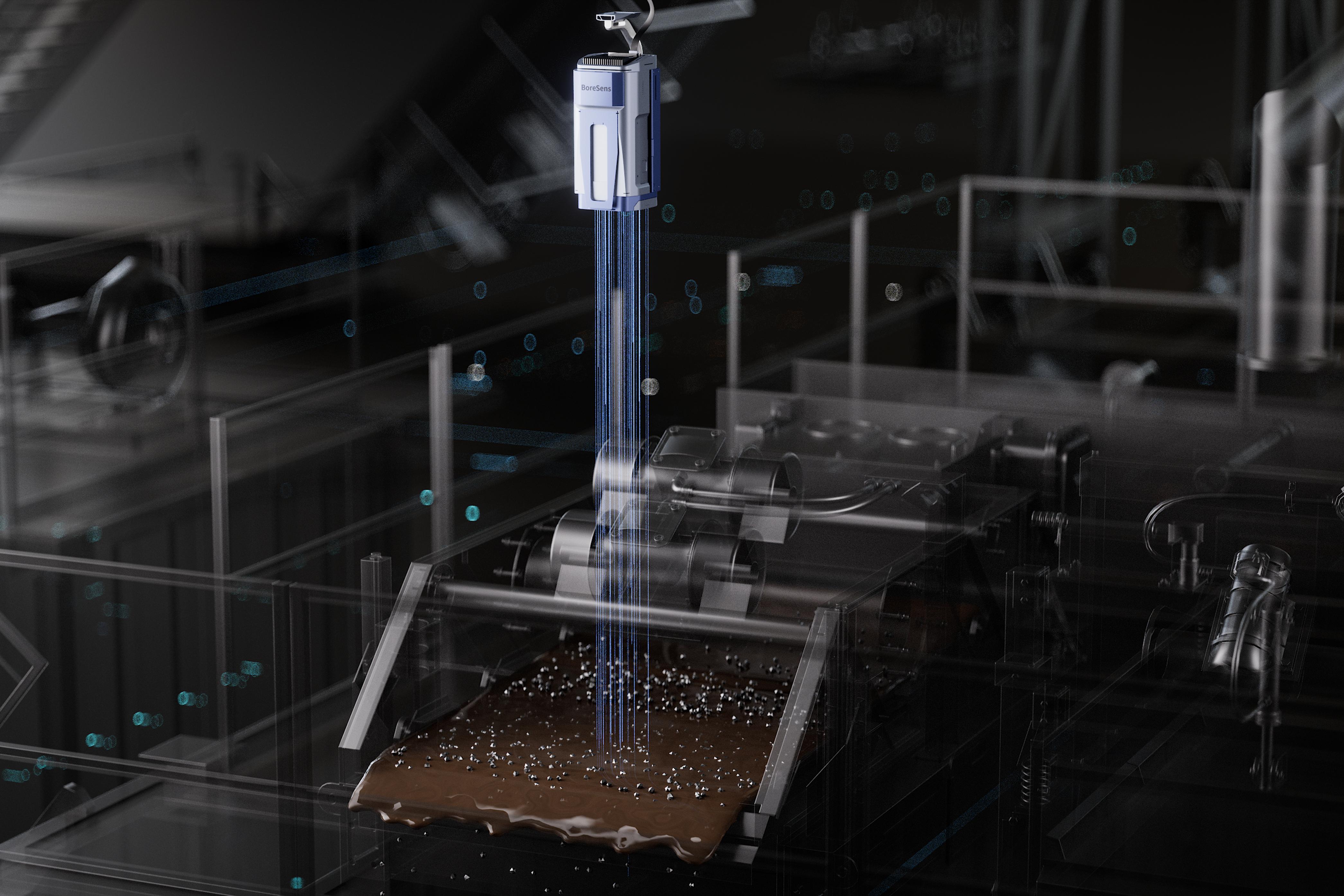Top Challenges in Well Control: Why Fluid Rheology Matters More Than Ever
2025-09-19
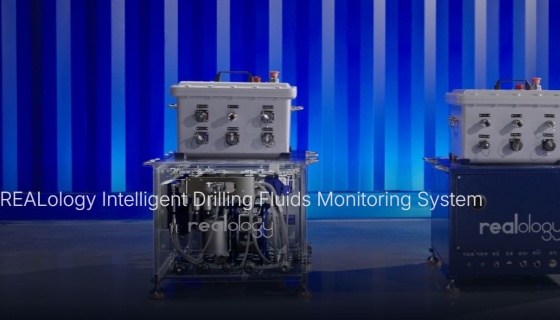
In the oil and gas industry, well control is one of the most important aspects of safe drilling operations. From the management of changes in unexpected pressure changes, the ability to maintain well control directly affects both safety and efficiency. In many factors that affect well control, fluid riology is a significant yet underestimated factor.
Since drilling becomes more complicated, the science of fluid riology has never been more important, whether in deep wells, rigid environments, or unconventional reservoirs. In this article, we will detect top challenges in well control today and why fluid reiology plays such a decisive role in overcoming them.
1. Rapidly complicated well environment
Modern drilling projects carry forward engineering boundaries. Ultra-diapwitter operations, high-pressure high-temperature (HPHT) Wales, and unconventional shell formations all present all unique well control challenges. These conditions increase risks such as floods of gases, lost circulation, and unstable borehole.
Here, fluid comes in playing rheology. Drilling fluid flow behavior - how they respond to shrinking stress, temperature, and pressure - what remains well stable. If the drilling fluid cannot effectively carry the cutting, it can maintain hydrostatic pressure, or is suitable for sudden changes, then the control can quickly spiral out by hand.
2. Pressure management and kick prevention
One of the main objectives of well control is preventing the "kick" - the influx of fluids formed in Velbor. If it is undetermined, a kick may grow in a shock. Traditional methods of kick detection rely on fluid flow and pit monitoring, but they may lag behind in high-risk environments.
The exact fluid rheology data makes a big difference here. The operators can maintain a stable pressure balance by understanding how drilling fluids behave in real -time conditions. Re -physical properties such as yield stress and plastic viscosity ensure that the soil column provides sufficient pressure to control the formation without fracturing. This fine balance is safely well in the heart of control.
3. Hole cleaning efficiency
Another well control challenge is cleaning the hole. When the cutting is not removed efficiently, it can accumulate, allowing pipe events or low horizontal flows. In directional and horizontal wells, this issue becomes even more pronounced due to low gravity aid.
Fluid rheology affects the cleaning of direct holes. The drilling fluid should demonstrate the correct viscolastic properties to suspend and transport cuttings out of Velborn. If a re-physical profile is poorly managed, the cuttings can cause compromise obstacles in beds, eventually threatening well control integrity.
4. Rapid change in formation properties
The structures are rarely the same. Operators often withstand separate permeability, hole, and pressure areas. These sudden changes can behave differently from expected drilling fluids. For example, a change in a high-pressure area from low pressure can increase the risk of fluid loss or flow.
This is the place where a detailed understanding of fluid reiology is important. A well-designed drilling fluid system can change the downhole conditions, which maintains stability in a wide range of scenarios. Without this adaptability, well control teams can struggle to respond on time to prevent dangerous events.
5. Human and operational factors
Even with advanced technology, human error is one of the biggest hazards for well control. The misinterpretation of pressure reading, delay in decision making, or insufficient training can turn managing challenges into emergency situations.
By integrating the fluid rheology model in automated monitoring systems, operators can reduce dependence on human decisions alone. Real-time re-relegical data enhances predictive analytics, allowing teams to identify potentially well-controlled risks. This reduces margins for error and provides a strong safety net in a complex drilling environment.
6. Regulator pressure and environmental concerns
The industry faces growing regulatory investigations, especially in environmentally sensitive areas. The occurrence of a well control not only endangers human life, but also poses a serious environmental risk. Blowouts, uncontrolled discharge, and spills can result in prolonged ecological damage and heavy financial punishment.
Fluid rheology provides an active solution. By optimizing drilling fluid for stability, cutting transport, and minimal formation attacks, companies can reduce the possibility of well control failures. It aligns with both regulatory compliance and stability goals, which ensures safe and more responsible drilling practices.
7. Technological progress in real-time surveillance
One of the most promising developments in well control is the integration of digital technologies. Advanced sensors, AI-operated analytics, and automated drilling systems are changing how operators manage risks.
Fluid recession plays a central role in progress. Real-time riological measurements provide significant inputs for automatic well control systems. This data helps in changing pressure, improving kick detections, and optimizing drilling fluid performance. As technology develops, the synergy between fluid reiology and automation will be even more necessary.
Why fluid rheology matters more than ever
When we retreat and look at the comprehensive picture, a theme becomes clear: every well control challenge, from pressure management to cleaning the holes, is affected by the behavior of drilling fluid. And this behavior is controlled by fluid riology.
Safety: Proper riology ensures that the welbor stability is maintained, reducing the risk of kick and blowout.
Efficiency: Customized fluid performance leads to drilling operations, low delay, and low costs.
Stability: Better well control reduces environmental risks, aligns with strict rules and public expectations.
At the same time the Wales deepens, the pressure becomes high, and the drilling is more demanding, the fluid rheology will remain the cornerstone of safe and successful operations.
Conclusion
The oil and gas industry is not a stranger to challenges, but it also has well controls. With increasing complexity, regulatory pressure, and environmental risks, bets have never been higher. Among these challenges, fluid rheology emerges as a fundamental factor that directly affects the results.
In a well-designed system with monitoring and real-time decision making, the operators can stay ahead of risks, improve security, and ensure operational excellence. Simply put, well control without a strong understanding of liquid rheology is like navigating stormy seas without a compass.
As the industry moves forward, one thing is certain: the science of fluid rheology will continue to be effectively controlled.
Read Our One More Blog(1): Dive Into Compact Design, Rapid Drill-Out, and HTHP Resilience of Falcon Fast Drill Plug
Read Our One More Blog(2): AI-Powered Predictions: Fluid Rheology and Wellbore Stability Models


